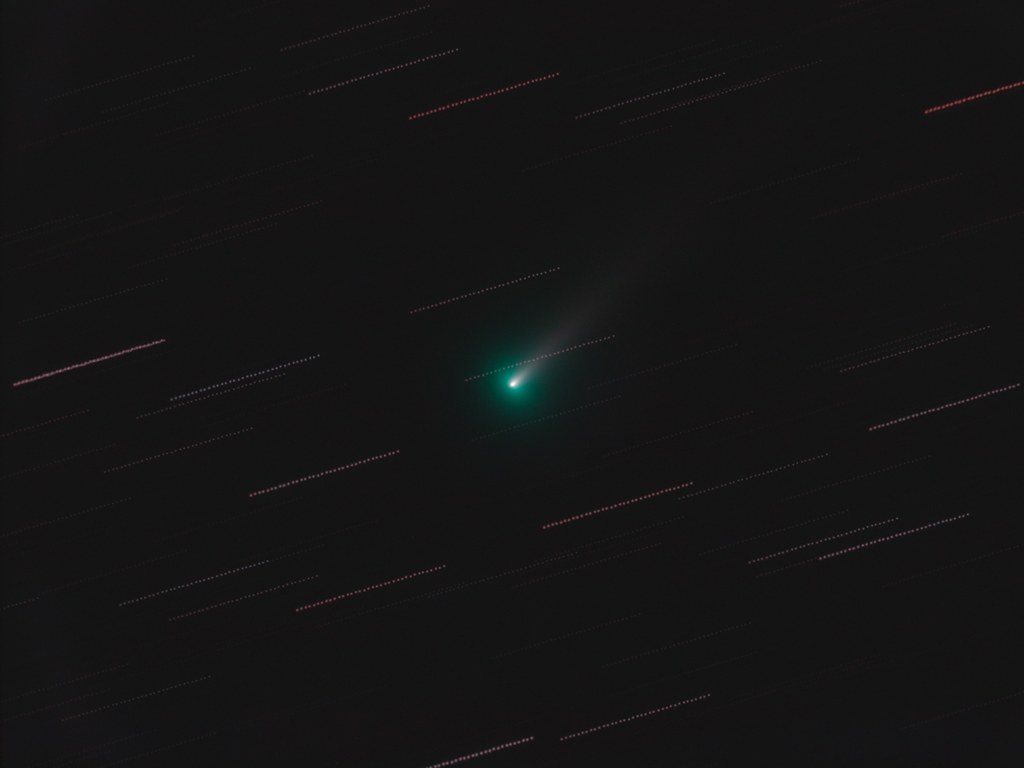
Telescope: Astro-Tech 8” f/8 Ritchey-Chretien, Orion Atlas EQ-G
Camera: Canon EOS Ra, Baader Mk III MPCC
Filter: Orion Imaging Skyglow Filter
Guide scope: Astro-Tech 60mm, Starlight Xpress Super Star, PHD2
Exposure: 36x120sec, ISO 800, saved as RAW
Darks: Internal (Long Exposure Noise Reduction On)
Flats: Synthetic
Average Light Pollution: Red zone, Bortle 8, poor transparency, moonlight, haze
Lensed Sky Quality Meter: 18.4
Stacking: Average
White Balance: Nebulosity Automatic
Software: Backyard EOS, Nebulosity, Photoshop
Comet C/2021 A Leonard is a faint comet currently crossing Coma Berenices in the morning sky. When this image was taken the comet was glowing with a total integrated magnitude of 7.1 and was 53.8 million miles away above the Earth’s northern hemisphere. The trailing stars show the apparent motion of the comet over the period of 140 minutes.
Comet Leonard is currently well placed high in the northeast at dawn.


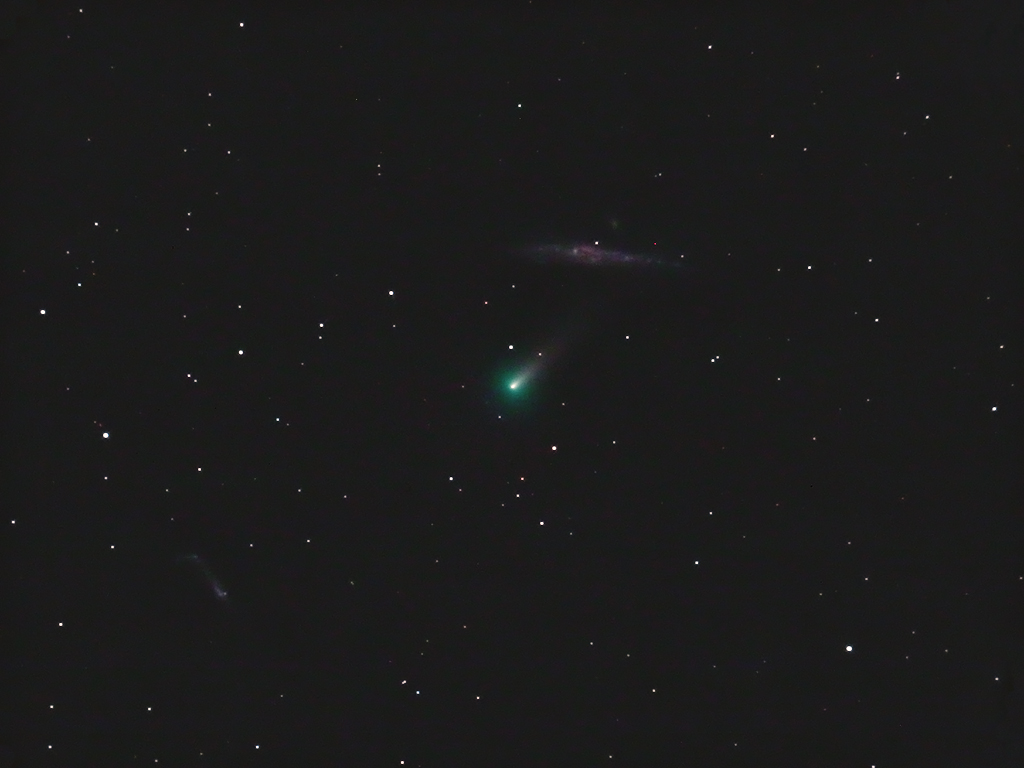
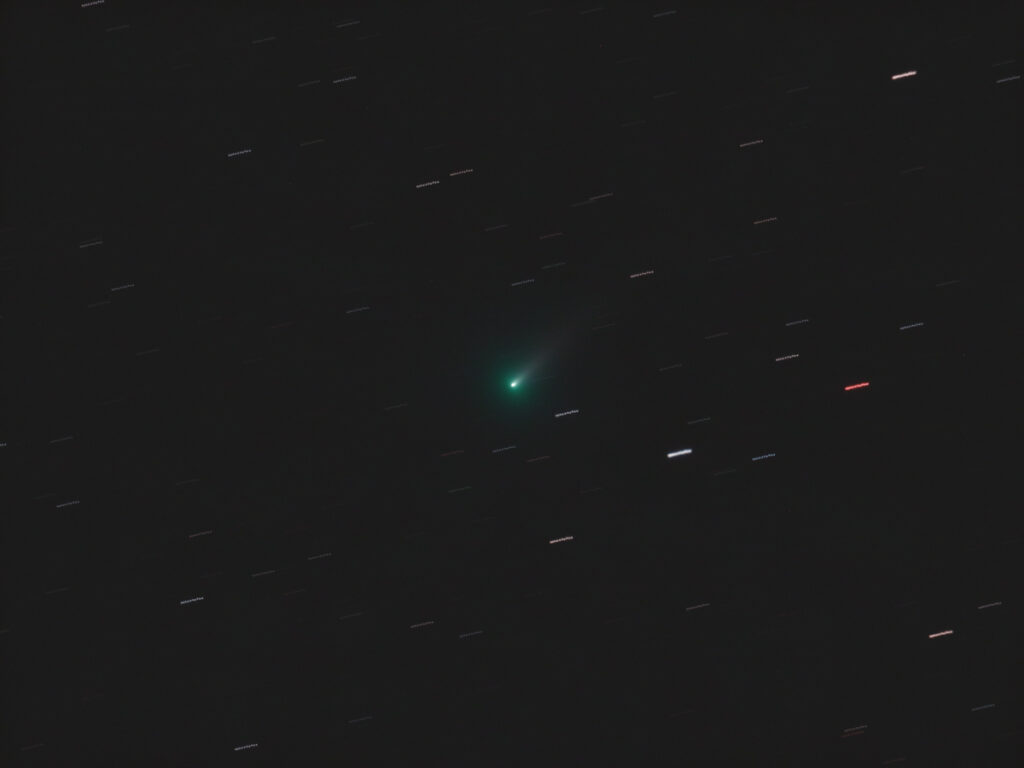
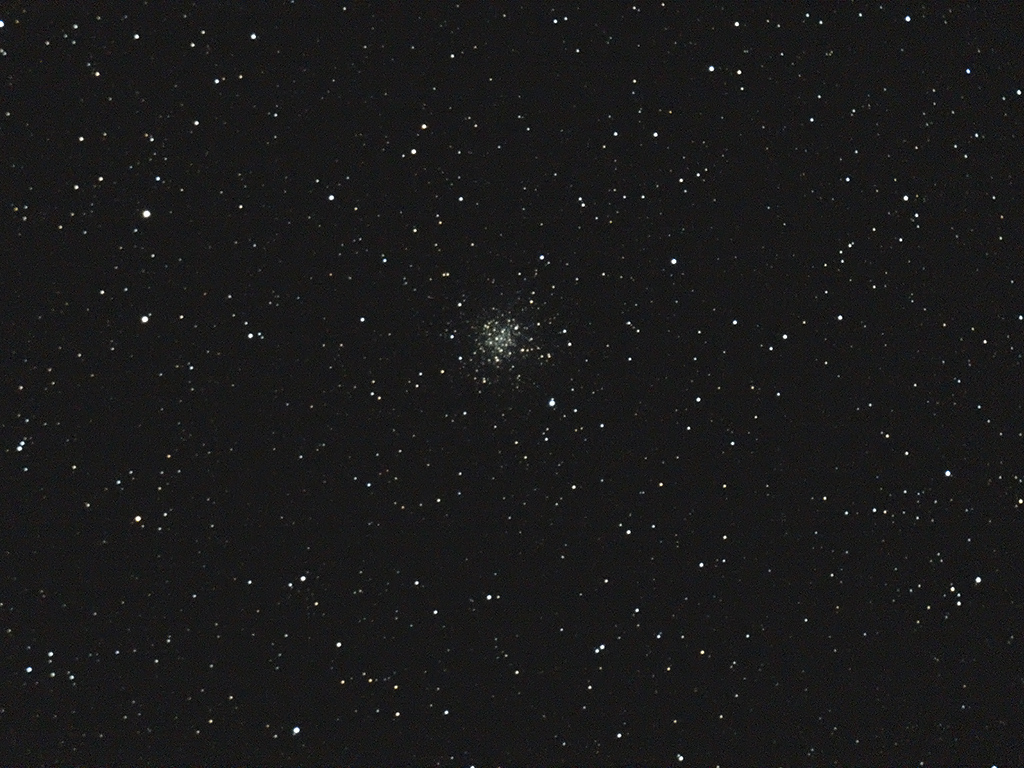
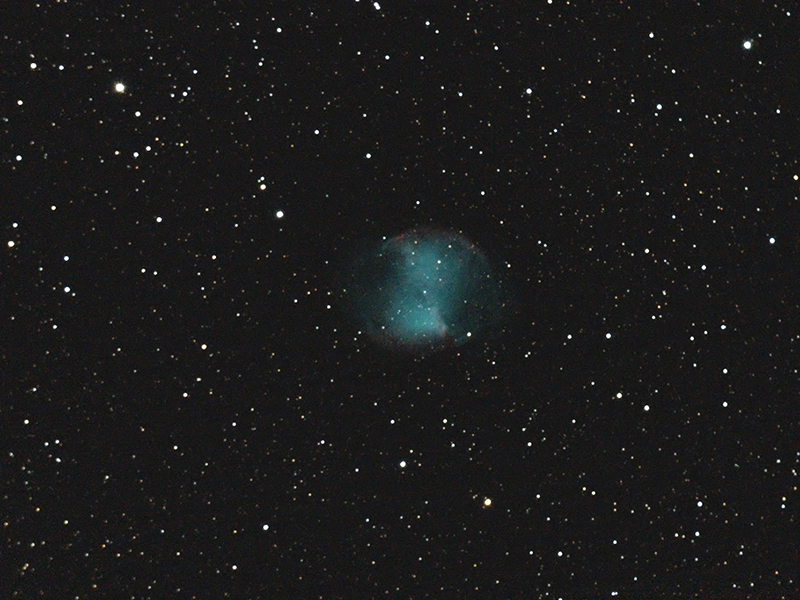
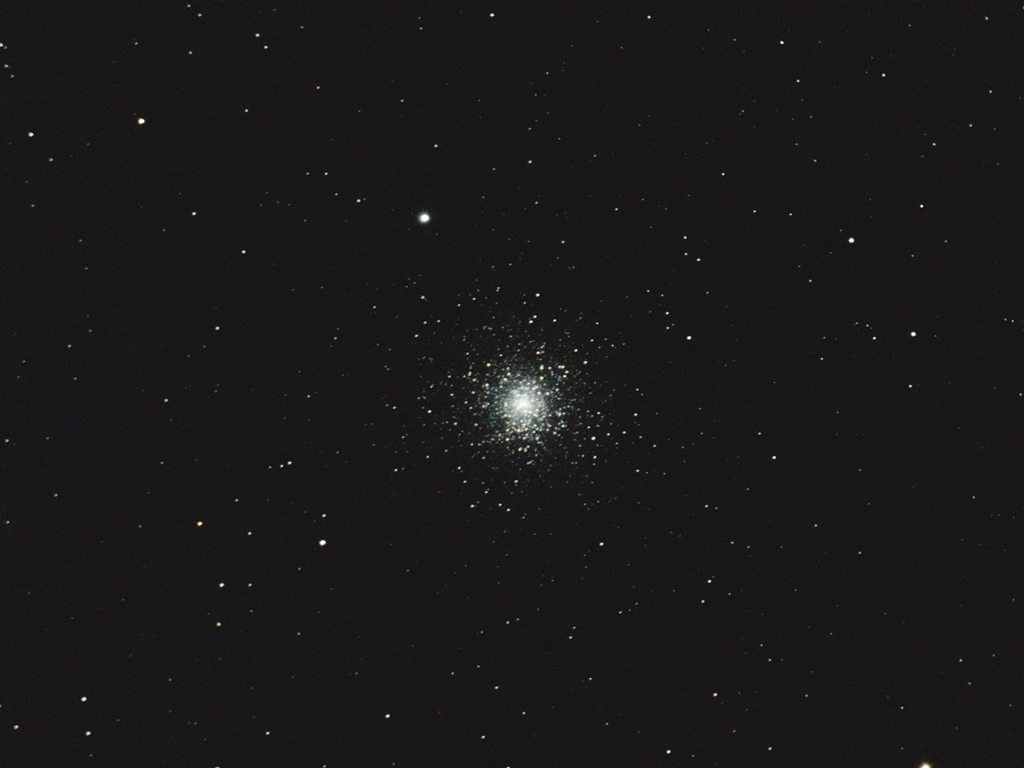
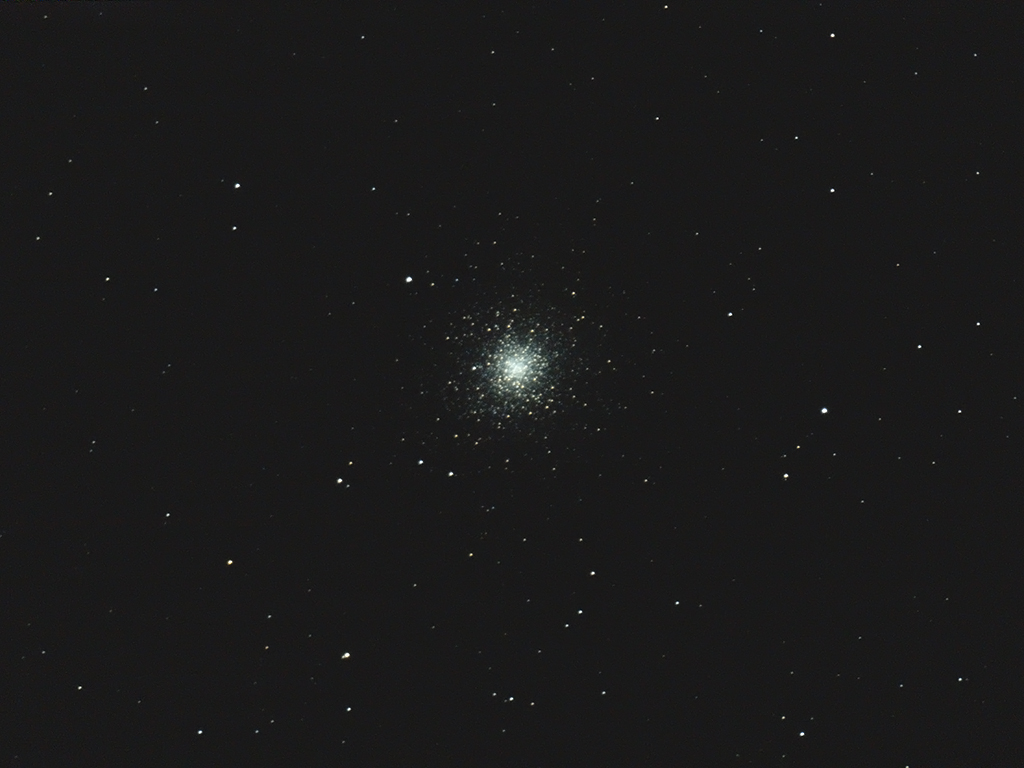
Recent Comments